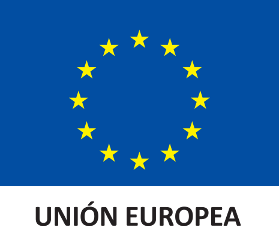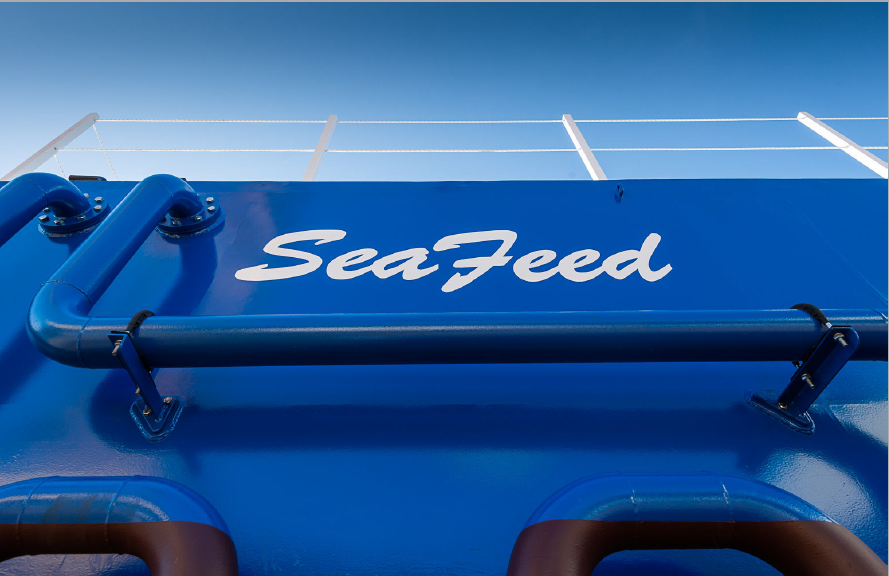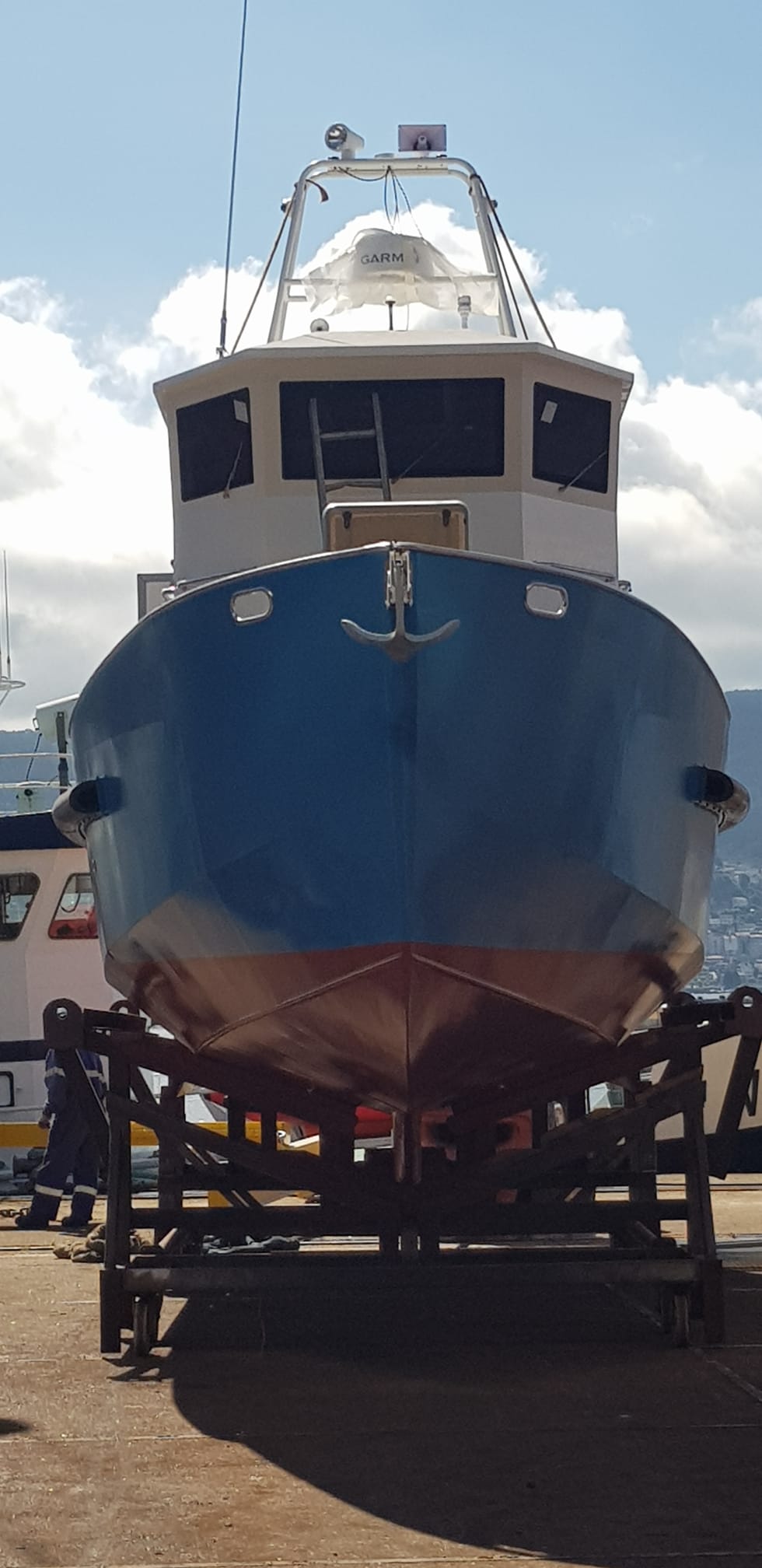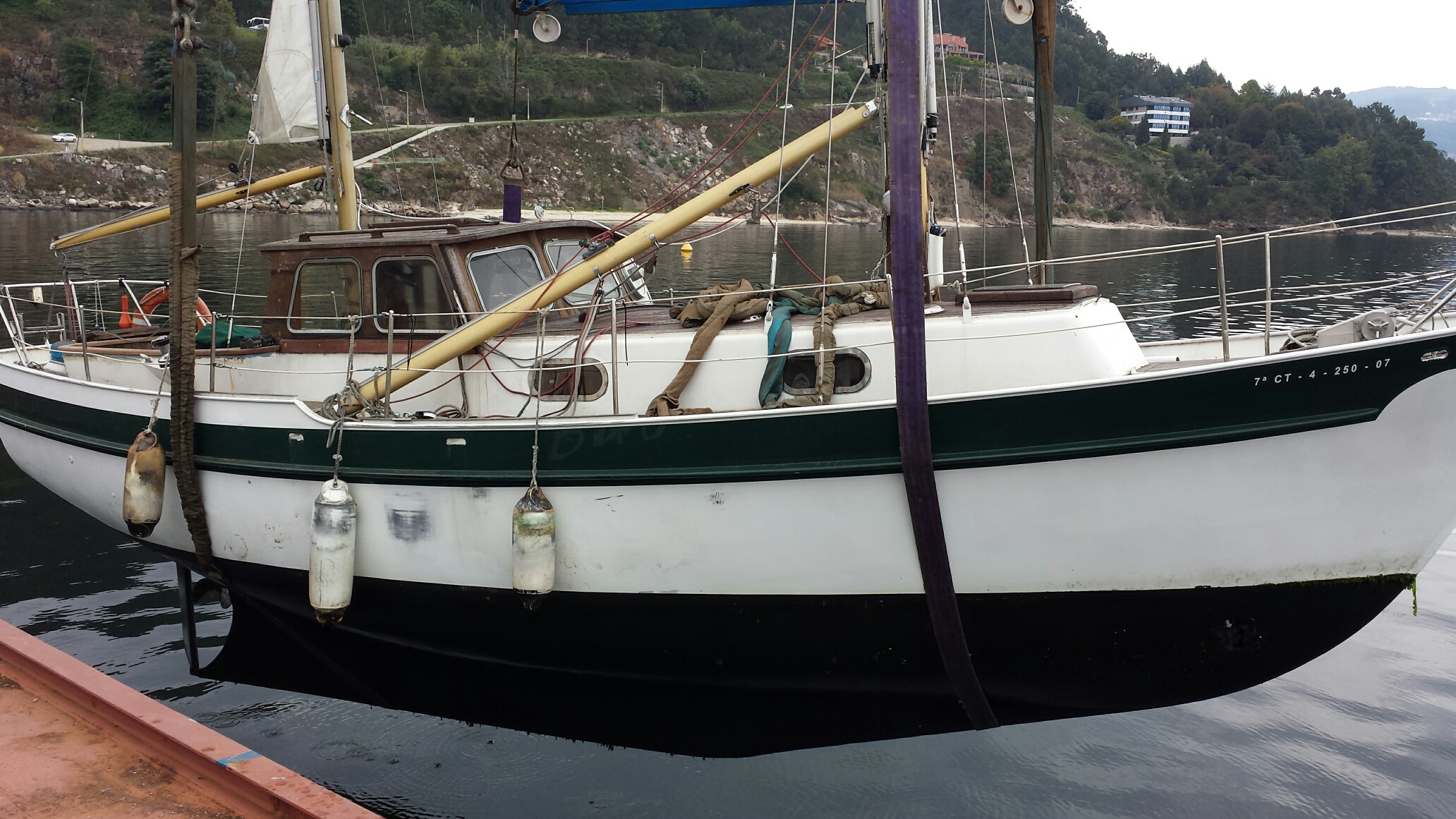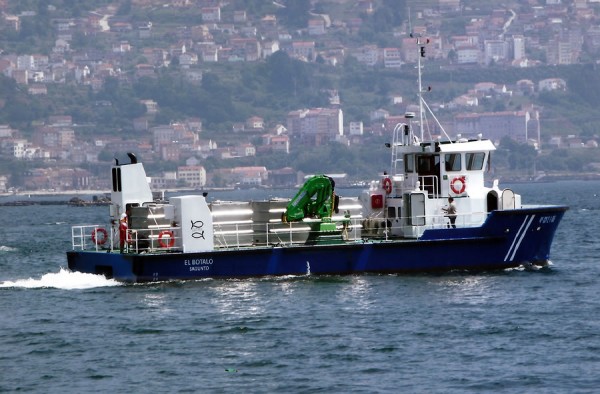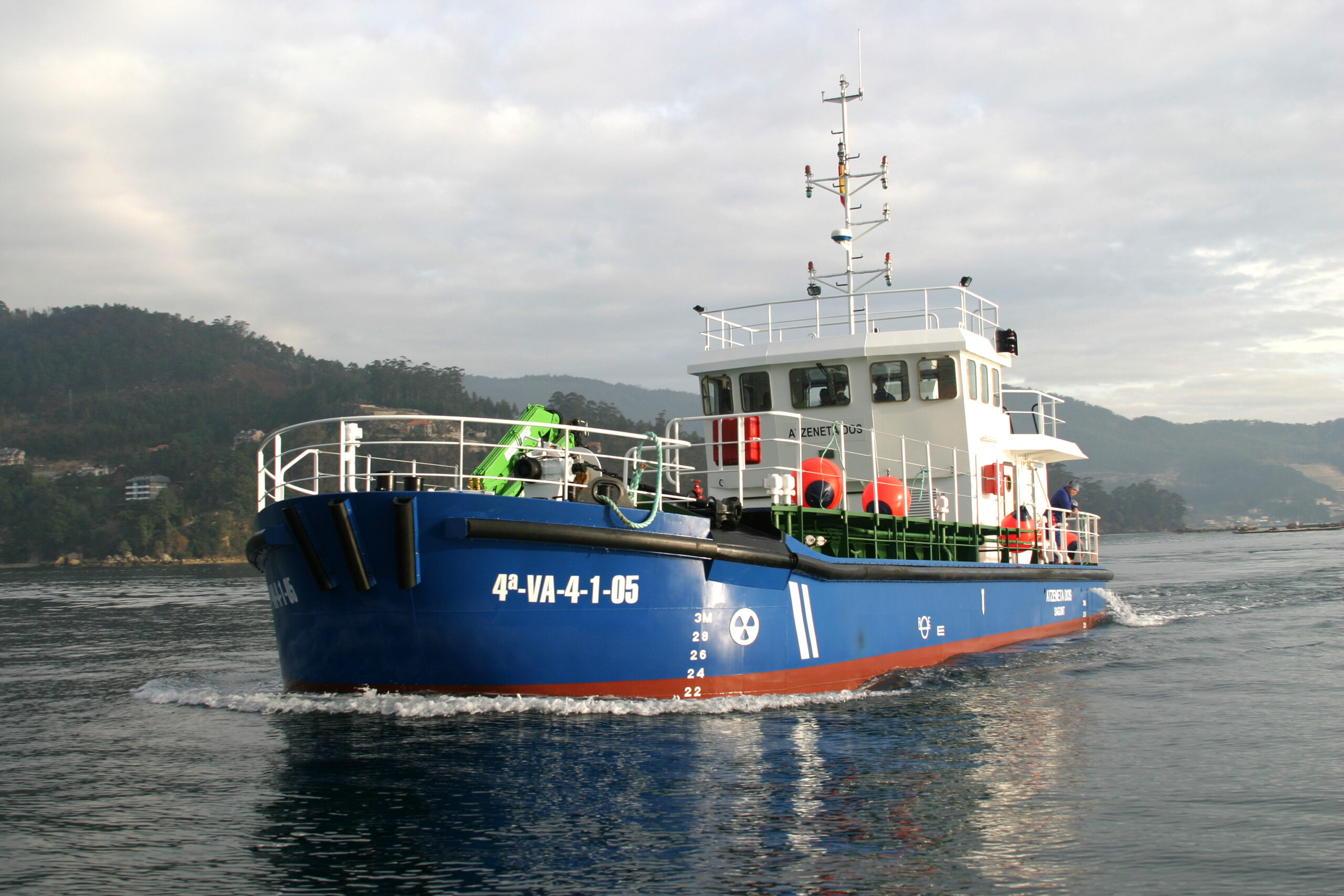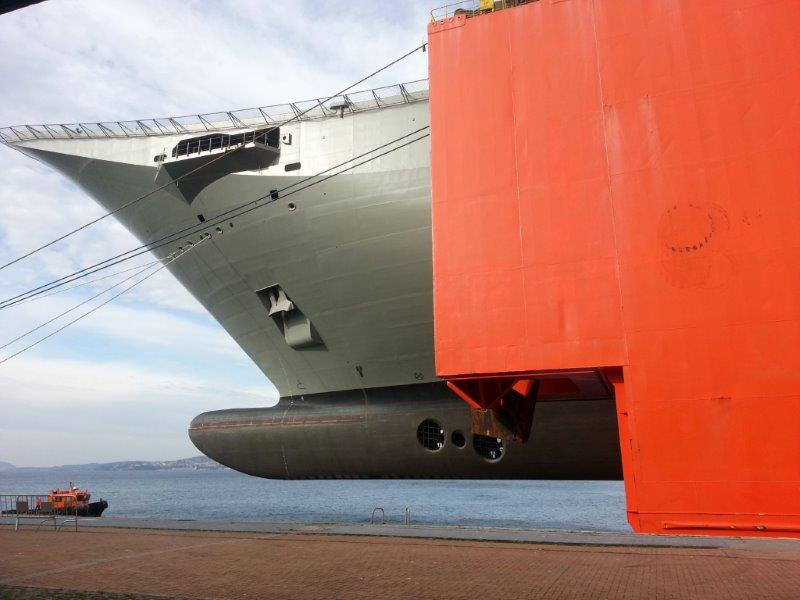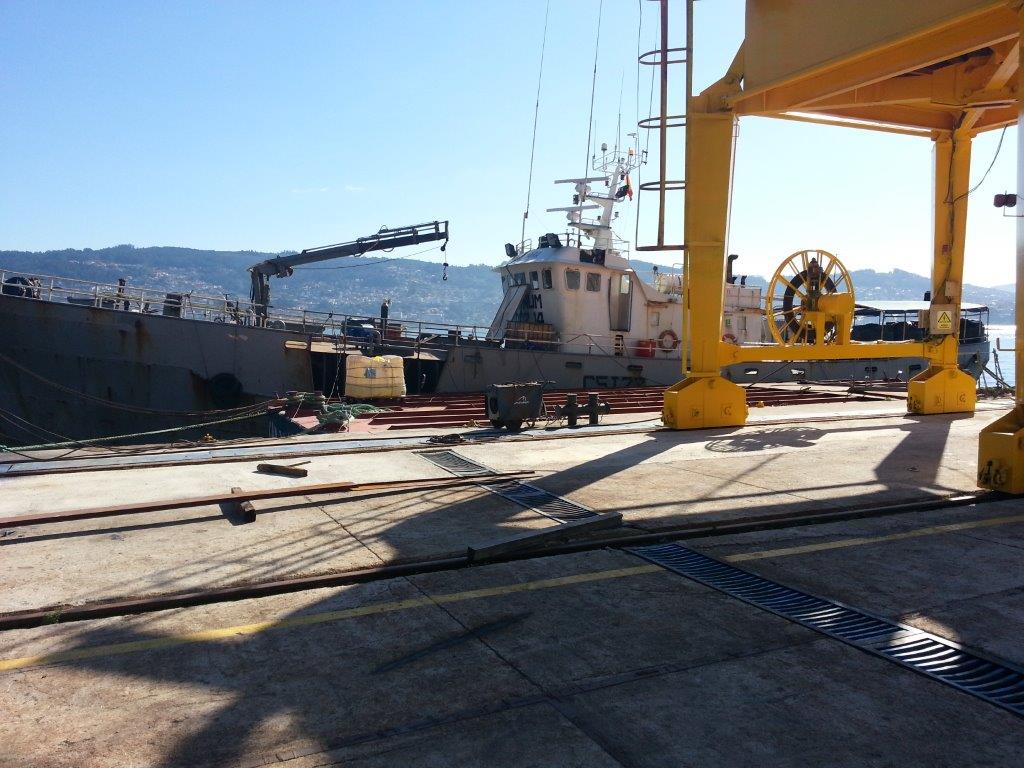When the first sea cages for fattening fish sprouted up on the Spanish coasts in the early 1990s, the feeding of sea bream and sea bass was done by hand, throwing out pallets of feed pellets according to the good judgement of the biologists in charge. It was necessary to have divers to calculate the shortage or deficit in the feeding of thousands of fish.
in the feeding of thousands of fish, always with the doubt of a deficient fattening or the surplus excess that would eutrophise the seabed and create a wild and opportunistic population.
The automatic feeding systems using granule sprinklers was a great advance that ended up being imposed, with the appearance of engineering companies specialising in this type of speciality. This is a barge or pontoon that works in the offshore cage fields, storing the feed in hoppers which, in a programmed manner, is sent through flexible piping to each of the cages and their distributors. A group of Galician companies have joined forces to offer this new alternative to the aquaculture sector.
The companies behind this system are Montajes Cancelas, Feeding Systems S.L., Engranor and the University of Vigo, forming a consortium that has designed a sustainable and intelligent pontoon. The project has been facilitated thanks to the support found by the promoters in the Axencia Galega de Innovación.
The result is a floating feeding system for fattening fish farms anchored in the sea or in lakes, with a storage capacity of up to 50 tonnes of feed. The manufactured unit has the specification of housing four silos in its hull with a storage capacity of up to nine tonnes each, with a total maximum load of 35 tonnes, occupying a volume of 44 m3. The floating system has two selectors with eight outlets and their corresponding dispensers.
This configuration allows the needs of 16 cages to be met.
The vessel, which has no means of propulsion of its own, is 14 metres long and has a beam of 4.5 metres. It has two 15 kW blowers that drive the feed at a feed rate of 50 kg/minute. As a power source, the pontoon includes solar photovoltaic panels, an engine generator, a diesel tank for 0.5 m3 of fuel, a 1 m3 fresh water tank and a tank to hold up to 80 litres of grey water. The control equipment and toilet facilities are housed in a hut at one end of the deck and have a usable capacity of 12 m3. The steering bridge and toilet facilities were provided by Termogal, who supplied and installed the bulkheads, sides, roof, floor and control console.
Its compact design allows the pontoon to be easily transported by road or sea to the fish farm.


